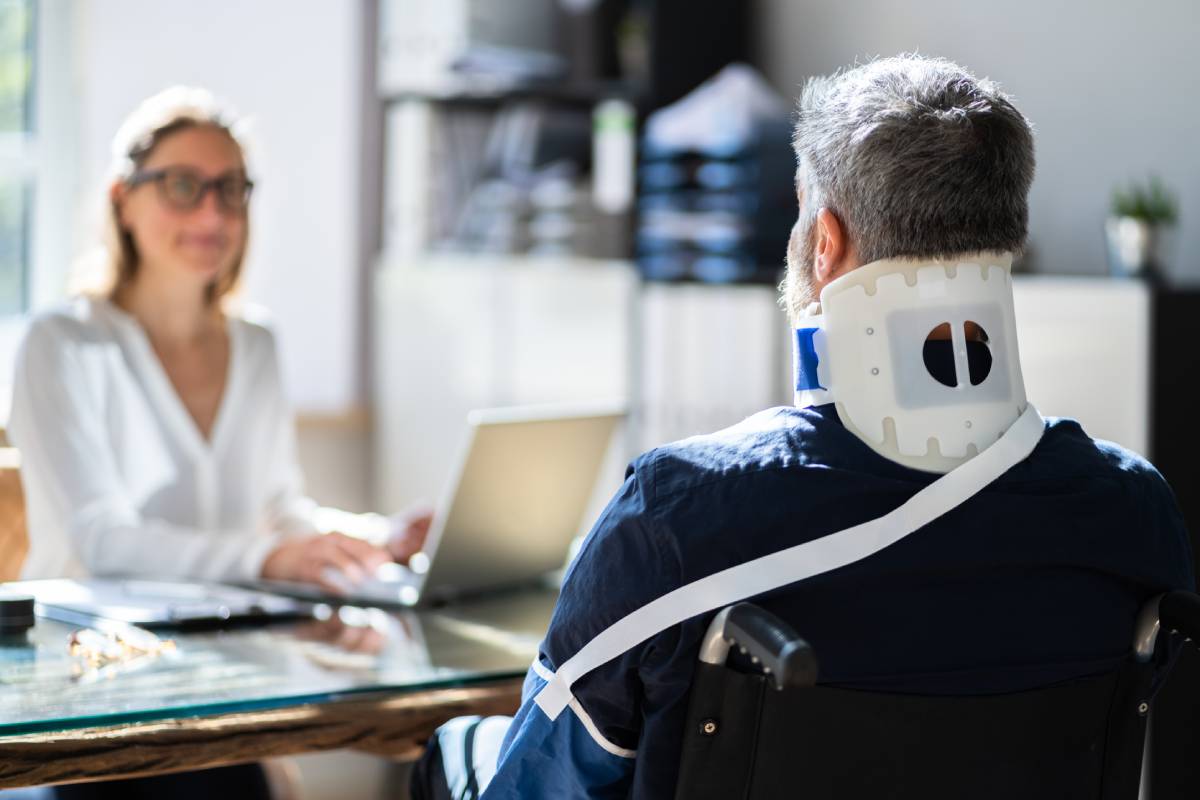More than 2.8 million people are hospitalized for an injury annually 1. Injuries are in fact so prevalent that injury is the fifth overall leading cause of death in the United States, preceded only by heart disease, cancer, stroke, and chronic respiratory diseases. In some cases, patients continue to suffer from chronic pain long after their injury. Fortunately, however, an injury can be followed by a successful recovery—with the recovery period coming to a clear end, free of any subsequent chronic pain. Several factors are associated with injury recovery without chronic pain, shaping our understanding of healing and treatment guidelines.
One study sought to assess the primary pain sites, intensity and variability of perceived pain in patients following injury—in this case a traumatic spinal cord injury—at 6 weeks and 1 year post discharge. Factors associated with pain at both time points were examined using correlational analyses. The emotional, functional and psychological factors that predicted pain severity were then assessed using multiple regression analyses. Results revealed that at 6 weeks post injury, anxiety correlated with pain intensity, while at 1 year post injury, both anxiety and depression were significantly correlated with the intensity of a patient’s pain 2. Note however that this data does not inform whether there is any causal relationship between pain, anxiety, and/or depression after injury. More clearly, irrespective of the psychological status of patients, the presence of pain at 6 weeks was the most significant predictor of pain at 1 year post discharge 2. This result suggests that the patient’s condition 6 weeks into injury recovery may have already been a marker or predictor of chronic pain.
More recently, a study sought to identify the factors, available at the time of admission, linked to the development of chronic pain in trauma patients in order to assess preventive approaches 3. This study, carried out as a retrospective observational cohort study focused on 57 adult trauma centers across Quebec, found that, after controlling for confounding factors, factors associated with chronic pain after injury recovery included spinal cord injury, disc-vertebra trauma, a history of alcoholism, a history of anxiety, a history of depression, and being female 3.
Finally, most recently, a systematic review of a total of 37 peer-reviewed articles sought to uncover the biopsychosocial factors associated with poor or non-recovery following a minor transport-related injury. Overall, factors that were the most representative across studies and have demonstrated the strongest associations with poor or non-recovery were a very high initial pain intensity, pain duration and severity, and pre-accident physical and mental health status 4. The authors further concluded that biopsychosocial factors clearly impact recovery 4. Meanwhile, these factors tend often to be inter-connected and multi-faceted, therefore demonstrating the importance of additional research to best define the most clearly predictive factors.
In the end, the different research studies agree that initial pain post-injury as well as the psychological disposition of patients strongly influence the presence of chronic pain following injury recovery. Therefore, the early targeting of modifiable factors such as pain, pain catastrophizing and comorbidities such as depression or anxiety may help reduce chronic pain and ongoing related disabilities.
At the same time, it is critical in the first place to minimize the incidence of injuries all together. For example, in the case of motor vehicle injuries, human factors, as well as product, vehicle, and environmental factors all play a role in the occurrence of such accidents and subsequent injuries and can be addressed in order to minimize the occurrence of injuries across contexts 5. However, more adequate data needs to continue to be collected and thoroughly analyzed to understand and address these factors sustainably into the future 6.
Few studies to this date have longitudinally assessed the incidence of chronic pain following an injury and the trajectory of injury recovery. Additional research remains to be carried out to improve our understanding of chronic pain and the many inter-related factors that affect this condition.
References
1. Epidemiology and Injury Prevention – The American Association for the Surgery of Trauma. Available at: https://www.aast.org/resources-detail/epidemiology-injury-prevention. (Accessed: 13th September 2023)
2. Kennedy, P., Frankel, H., Gardner, B. & Nuseibeh, I. Factors associated with acute and chronic pain following traumatic spinal cord injuries. Spinal Cord (1997). doi:10.1038/sj.sc.3100569
3. Daoust, R. et al. Early Factors Associated with the Development of Chronic Pain in Trauma Patients. Pain Res. Manag. (2018). doi:10.1155/2018/7203218
4. Samoborec, S., Ruseckaite, R., Romero, L. & Evans, S. M. Biopsychosocial factors associated with non-recovery after a minor transport-related injury: Protocol for a systematic review. BMJ Open (2017). doi:10.1136/bmjopen-2017-016314
5. Research, I. of M. (US) and N. R. C. (US) C. on T. Epidemiology of Injuries: the Need for More Adequate Data. (1985).
6. Mackenzie, E. J. Epidemiology of injuries: Current trends and future challenges. Epidemiologic Reviews (2000). doi:10.1093/oxfordjournals.epirev.a018006
